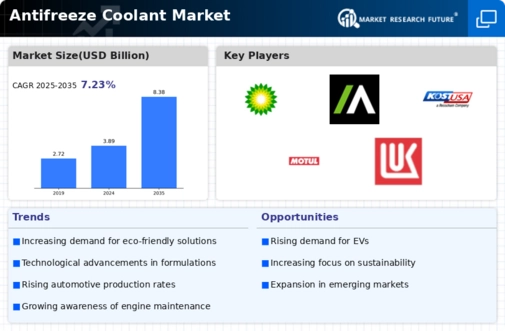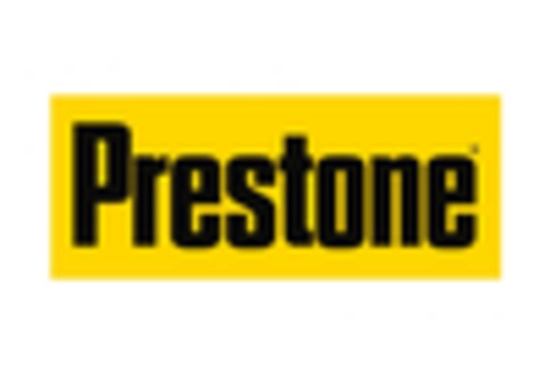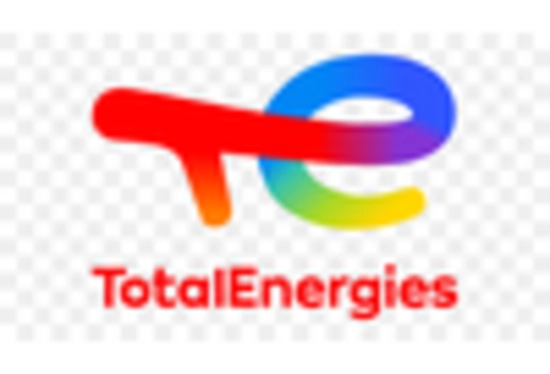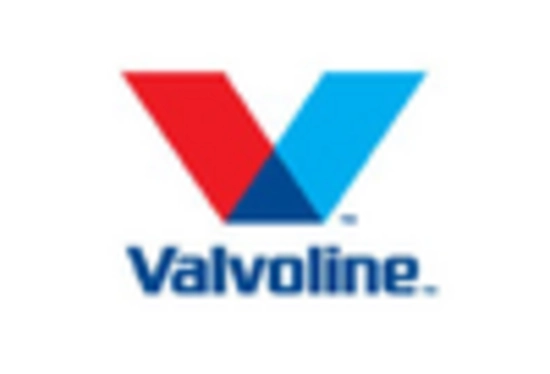Market Trends
Key Emerging Trends in the Antifreeze Coolant Market
The Antifreeze Coolant Market is undergoing noteworthy trends influenced by factors such as advancements in automotive technologies, increasing environmental awareness, and the global expansion of the automotive industry. These trends are shaping the dynamics of the antifreeze coolant market, with implications for both traditional and newer formulations.
Demand Surge in Automotive Sector:
A significant trend in the Antifreeze Coolant Market is the surge in demand driven by the automotive sector. With the global increase in vehicle production and the introduction of advanced engines, the need for efficient antifreeze coolants to regulate engine temperature has risen substantially. This trend is particularly pronounced in emerging automotive markets. Transition to Long-Life Coolants:
The market is witnessing a transition towards long-life coolants. Traditional coolants required more frequent replacement, but long-life formulations provide extended service intervals. This trend aligns with the automotive industry's focus on reducing maintenance costs and enhancing the overall longevity of cooling systems. Technological Advancements in Formulations:
Continuous technological advancements play a crucial role in shaping antifreeze coolant formulations. Manufacturers are investing in research and development to enhance the performance of coolants. Innovations include the incorporation of organic acid technology (OAT) and hybrid organic acid technology (HOAT) to improve corrosion protection and extend the lifespan of coolant solutions. Shift towards Environmentally Friendly Coolants:
There is a growing shift towards environmentally friendly coolants. Manufacturers are developing coolants with reduced environmental impact, incorporating biodegradable additives and using eco-friendly base fluids. This trend aligns with the automotive industry's broader commitment to sustainability and meeting stringent environmental standards. Global Market Expansion:
The Antifreeze Coolant Market is expanding globally, driven by the increasing demand from various regions. Asia-Pacific, in particular, is a significant contributor to market growth, fueled by the rising automotive production in countries like China and India. The global expansion presents opportunities for market players to diversify their customer base. Focus on Electric and Hybrid Vehicles:
With the rise of electric and hybrid vehicles, there is a shifting focus towards coolants tailored for these alternative powertrains. Cooling systems in electric and hybrid vehicles play a crucial role in maintaining optimal battery temperatures. Manufacturers are developing specialized coolants to meet the unique requirements of these advanced vehicle technologies. Challenges in Recycling and Disposal:
The market faces challenges related to the recycling and disposal of antifreeze coolants. Proper disposal and recycling practices are essential to minimize environmental impact. Manufacturers are actively working on solutions to make coolants more recyclable and environmentally friendly, addressing concerns related to waste management. Innovations in Freeze and Boil Protection:
Innovations in freeze and boil protection are shaping the antifreeze coolant market. Advanced formulations provide superior protection against freezing in cold temperatures and boiling in high-temperature conditions. These innovations are essential for ensuring the reliable performance of coolants in diverse climates. Strategic Partnerships for Technology Exchange:
Companies in the antifreeze coolant market are engaging in strategic partnerships for technology exchange. Collaborations between manufacturers and research institutions facilitate knowledge sharing and contribute to the development of cutting-edge coolant technologies. These partnerships aim to enhance the overall competitiveness of the industry. Consumer Awareness and Brand Loyalty:
Consumer awareness is on the rise, influencing purchasing decisions in the Antifreeze Coolant Market. Consumers are becoming more conscious of the importance of using high-quality coolants for optimal engine performance. Brand loyalty is gaining significance as consumers seek reliable and trusted coolant brands for their vehicles.

















Leave a Comment